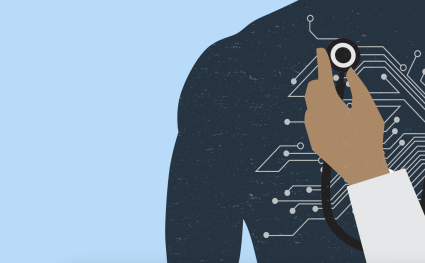Report
Childhood Brain Cancer: A Giving Smarter Guide
Image

Caitlyn Barrett, PhD
Director, Science Philanthropy Accelerator for Research and Collaboration (SPARC) team, Milken Institute Strategic Philanthropy
Caitlyn Barrett, PhD, is a director on the Science Philanthropy Accelerator for Research and Collaboration (SPARC) team at Milken Institute Strategic Philanthropy. Her scientific expertise in cancer biology and neurodegeneration in addition to her experience in grant and program management, stakeholder engagement, and program analysis are brought to bear as she partners with philanthropists to maximize their impact on the biomedical ecosystem.
Image

Cara Altimus, PhD
Managing Director, Science Philanthropy Accelerator for Research and Collaboration (SPARC) team, Milken Institute Strategic Philanthropy
Cara Altimus, PhD is a managing director on the Science Philanthropy Accelerator for Research and Collaboration (SPARC) team at Milken Institute Strategic Philanthropy, leading the science and health innovation portfolio. A PhD neuroscientist, Altimus advises individual philanthropists and foundations on the state of research for various areas including neurodegenerative disease and mental health, identifying opportunities where their capital can make the biggest impact.















